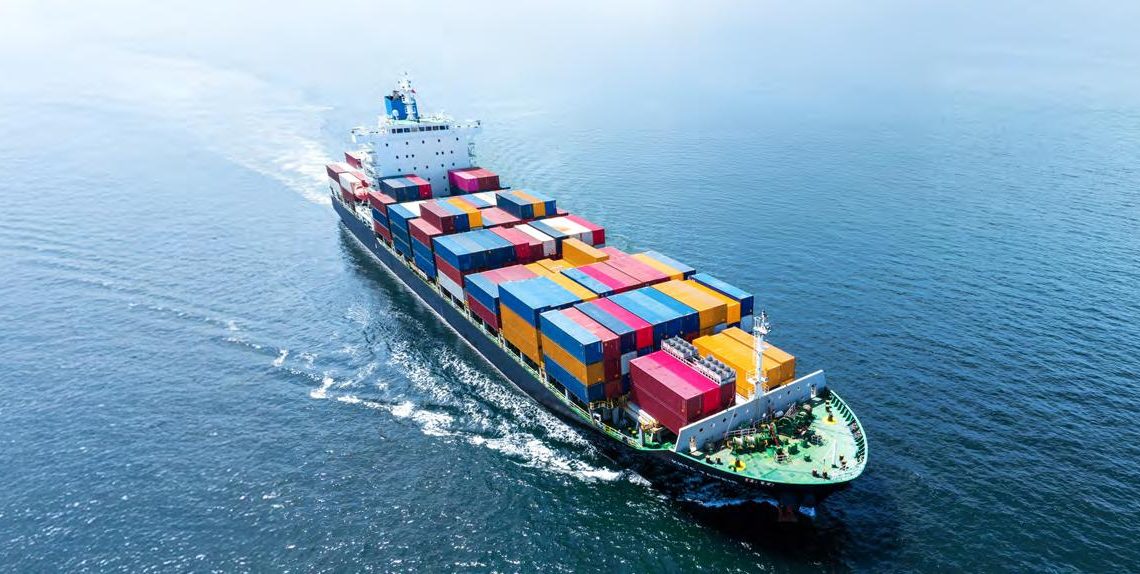
The Invisible Lifeline: How Ship Chandlers Sustain Global Maritime Trade Through the Centuries
May 29, 2025The intricate web of ship chandler services that stretches across Singapore’s bustling ports represents one of the oldest yet least visible pillars of global capitalism, a commercial infrastructure whose origins date back to the earliest days of maritime trade. These specialised suppliers—who provision vessels with everything from engine parts to foodstuffs, from lubricants to linens—operate in the shadows of the massive container ships and oil tankers that dominate the harbour, yet without their daily labours, the entire apparatus of global shipping would grind to a catastrophic halt within days.
The Colonial Origins of Maritime Supply Networks
The ship chandler’s profession emerged alongside the first tentative expansions of European maritime empires in the 15th century. As Portuguese, Dutch, and British vessels ventured beyond familiar waters, they required strategically positioned supply points—places where a ship could replenish essential goods after months at sea.
“The chandlery trade was essential to imperial expansion,” explains a maritime historian specialising in Southeast Asian trade routes. “When the British East India Company established Singapore as a trading post in 1819, ship chandlers were among the first businesses to set up shop along the waterfront. They were, in many ways, the enablers of empire—the invisible infrastructure that made long-distance maritime trade possible.”
These early chandlers operated from shophouses along the Singapore River, their businesses often divided along racial and colonial lines established by the British authorities. Chinese merchants specialised in provisions and local foodstuffs, while European firms dominated the trade in technical equipment and imported goods.
The Modern Evolution of Maritime Provisioning
Today’s ship chandler operates in a radically transformed landscape, though the fundamental function remains remarkably consistent:
- Just-in-time delivery of thousands of items to vessels that might remain in port for mere hours
- Coordination with port authorities, customs officials, and ship agents to ensure seamless service
- Navigation of complex regulatory frameworks governing everything from food safety to hazardous materials
- Maintenance of extensive supply networks capable of sourcing obscure parts on minimal notice
- Management of sophisticated logistics operations spanning multiple time zones and jurisdictions
“The modern chandler must function as diplomat, detective, and logistician all at once,” notes a veteran of the Singapore maritime services sector. “When a captain radios at midnight that they urgently need a specialised pump part by dawn, failure is simply not an option. The entire economic calculation of global shipping depends on minimising time in port, and the chandler enables that efficiency.”
The Critical Role of Ship Safety Equipment
Perhaps no aspect of the chandler’s trade carries more weight than the provision and maintenance of safety equipment—the last line of defence between crew members and the indifferent power of the sea:
- Lifeboats and rafts engineered to deploy under catastrophic conditions
- Firefighting systems designed to contain blazes in the uniquely challenging environment of a vessel
- Emergency breathing apparatus and personal protective equipment for hazardous situations
- Communication systems that must function reliably in remote ocean regions
- Navigation and distress signalling devices that operate when all other systems fail
“We often speak of the ‘unsinkable ship,’ but the history of maritime disasters teaches us otherwise,” observes a safety compliance specialist who trains seafarers in emergency procedures. “Proper safety equipment, regularly inspected and maintained, represents the difference between a manageable incident and an unmitigated tragedy. The chandler who supplies substandard equipment places lives directly at risk.”
The Regulatory Apparatus and Power Dynamics
The provision of ship safety equipment exists within a complex matrix of international regulations, flag state requirements, and insurance mandates—a system that reveals much about the political economy of global shipping:
- The International Maritime Organization (IMO) establishes baseline safety standards adopted by member nations
- Classification societies conduct inspections and certify compliance with various safety codes
- Port state authorities perform spot checks on foreign vessels entering territorial waters
- Insurance underwriters impose additional requirements to minimise financial risk
- Seafarer unions advocate for crew protections that sometimes exceed regulatory minimums
“The regulatory framework surrounding maritime safety equipment embodies the tensions between capital’s demand for profit and labour’s demand for protection,” notes a maritime policy analyst. “The flag of convenience system—where shipowners register vessels in nations with minimal regulations—represents a continuous attempt to circumvent safety standards in pursuit of reduced costs.”
Singapore’s Strategic Position in Maritime Services
Singapore’s emergence as a global hub for ship chandlery reflects its historical position at the crossroads of Eastern and Western maritime powers:
- Geographic positioning along one of the world’s busiest shipping lanes ensures steady demand
- Political stability provides security for substantial inventory investments
- Advanced logistics infrastructure facilitates rapid delivery capabilities
- Sophisticated financial services enable complex international transactions
- Robust regulatory oversight creates confidence in product authenticity and quality
“Singapore’s dominance in maritime services represents a rare case where colonial infrastructure was successfully repurposed by a postcolonial state for its own economic advancement,” observes an economic historian of Southeast Asia. “The island transformed from an outpost of imperial extraction into a node of global commerce on its own terms.”
Conclusion
The chandler’s trade—simultaneously ancient and thoroughly modern—reveals the hidden mechanisms that enable global commerce to function with such remarkable efficiency. Behind the visible movement of massive vessels carrying the world’s goods lies an intricate dance of supply and logistics, a choreography perfected over centuries yet constantly adapting to new technologies and regulations. As shipping continues its technological evolution, with automation and digitalisation transforming vessel operations, the human elements of judgment and experience remain irreplaceable in ensuring that when a vessel puts to sea, it carries not just cargo but the necessary ship safety equipment.








